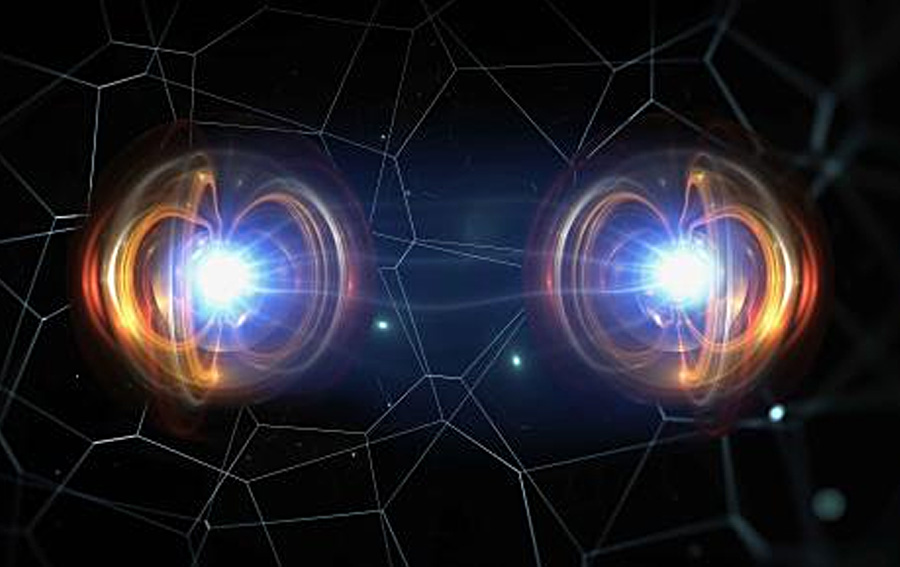
This really works. Unless i have got something really wrong, this means that we can do comms and that means we can send a reciever anywhere in the universe and send data without the problem of lightspeed.
Now throw in a spatial or temporal .worm hole and we have comms wherever and whenever. Again we may not have this yet, but it starts with linking atoms.
wormholes are 3D and instill their own rules. inside a gravity well, a spatial well is dicy but a Time Well is actually locks the spatial. Still dicy, but a TIME shift without spatual movement should work to bring material forward.
Harnessing Entanglement
https://atlantisrising.com/2022/12/06/harnessing-entanglement/
For the first time, scientists have entangled atoms for use as networked quantum sensors, specifically, atomic clocks and accelerometers.
The research team’s experimental setup yielded ultraprecise measurements of time and acceleration. Compared to a similar setup that does not draw on quantum entanglement, their time measurements were 3.5 times more precise, and acceleration measurements exhibited 1.2 times greater precision.
The result, published in Nature, is partially supported by Q-NEXT, a U.S. Department of Energy (DOE) National Quantum Information Science Research Center led by DOE’s Argonne National Laboratory. The research was conducted by scientists currently working at Stanford University, Cornell University and DOE’s Brookhaven National Laboratory.
“The impact of using entanglement in this configuration was that it produced better sensor network performance than would have been available if quantum entanglement were not used as a resource,” said Mark Kasevich, lead author of the paper, a member of Q-NEXT, the William R. Kenan, Jr. professor in the Stanford School of Humanities and Sciences and professor of physics and of applied physics. “For atomic clocks and accelerometers, ours is a pioneering demonstration.”
Greater sensitivity in atomic clocks and accelerometers would lead to more precise timekeeping and navigation systems, such as those used in global positioning systems, in defense and in broadcast communications. Ultraprecise clocks are also used in finance and trading.
“GPS tells me where I am to about a meter right now,” Kasevich said. “But what if I wanted to know where I was to within 10 centimeters? That’s what the impact of better clocks would be.”
One can mark the passage of time by counting the number of pulses in an electromagnetic wave, just as you would count the ticks of a clock. If you know that a particular wave pulses 6 billion times per second, you know that, once you count 6 billion crests of the wave, one second has passed. So knowing the exact frequency of a microwave gives one a precise way to track time.
No comments:
Post a Comment